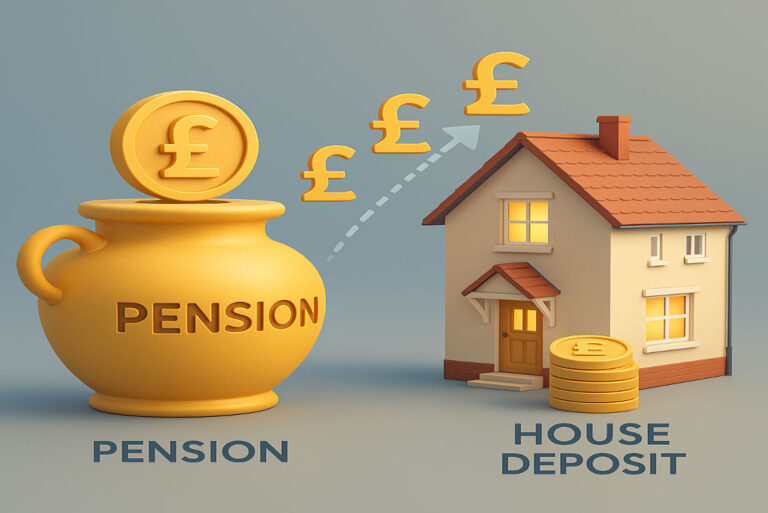The UK housing market has become increasingly challenging for buyers, with rising property prices and stricter mortgage requirements making it harder to secure a home. For many, saving for a house deposit feels like an uphill battle. Amid these challenges, some individuals are exploring creative ways to fund their deposits, including utilizing their pension savings.
Understanding Pensions and Property Buying in the UK
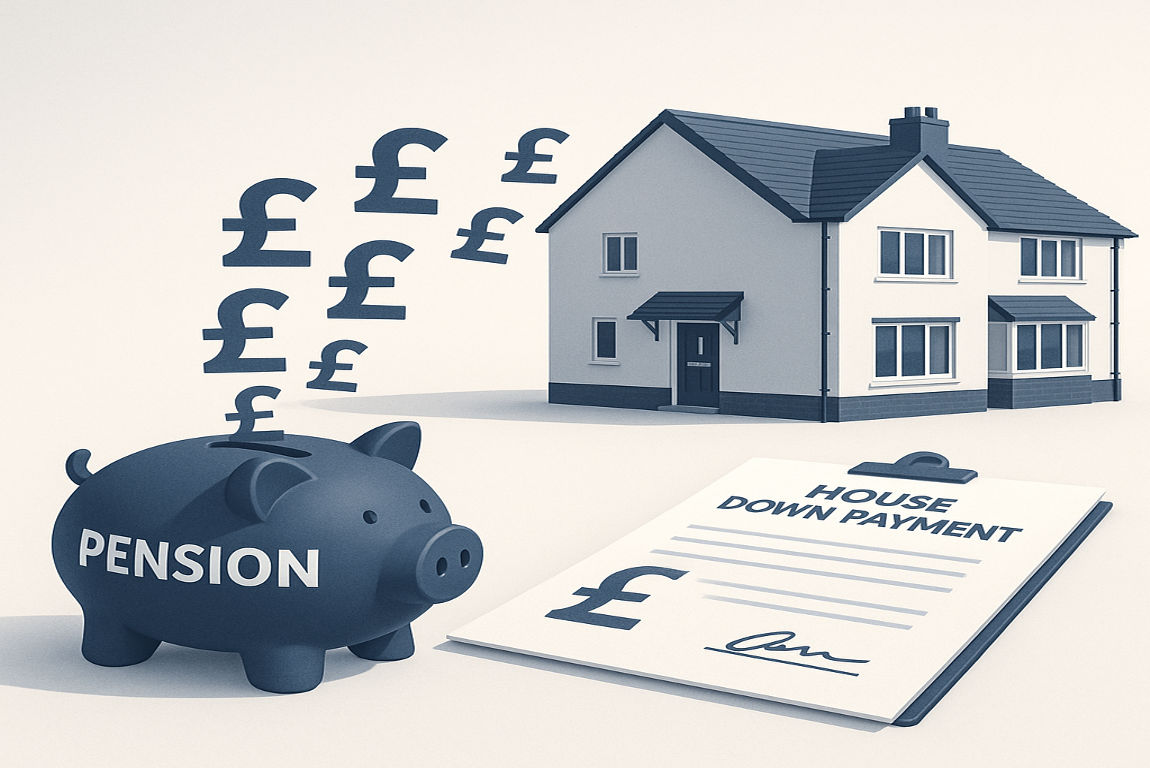
Before exploring whether you can use your pension for a house deposit, it’s essential to understand how pensions work and their relationship to property buying.
What Is a Pension and How Does It Work in the UK?
A pension is a long-term savings plan designed to provide you with income during retirement. In the UK, pensions are typically tax-advantaged, meaning you receive tax relief on contributions, making them an effective way to save for the future.
There are two main types of pensions:
- Workplace Pensions: These are arranged by your employer, and the company often matches contributions.
- Private Pensions: These are personal savings plans that you arrange independently, such as a Self-Invested Personal Pension (SIPP).
House Deposit Requirements in the UK
To buy a property in the UK, most lenders require a deposit of at least 5% to 20% of the property’s value. For example, if you’re purchasing a home worth £250,000, you’ll need a deposit of £12,500 to £50,000.
Saving such a large amount can be daunting, which is why some people consider tapping into their pension savings to bridge the gap.
Why Consider Using a Pension for a House Deposit?
The idea of using your pension for a house deposit might seem appealing, especially if you have a significant pension pot. It could help you get on the property ladder sooner or secure a larger deposit, potentially reducing your mortgage repayments. However, this approach comes with complexities and risks, which we’ll explore in the following sections.
Can I Use My Pension as a Deposit for a House in the UK?
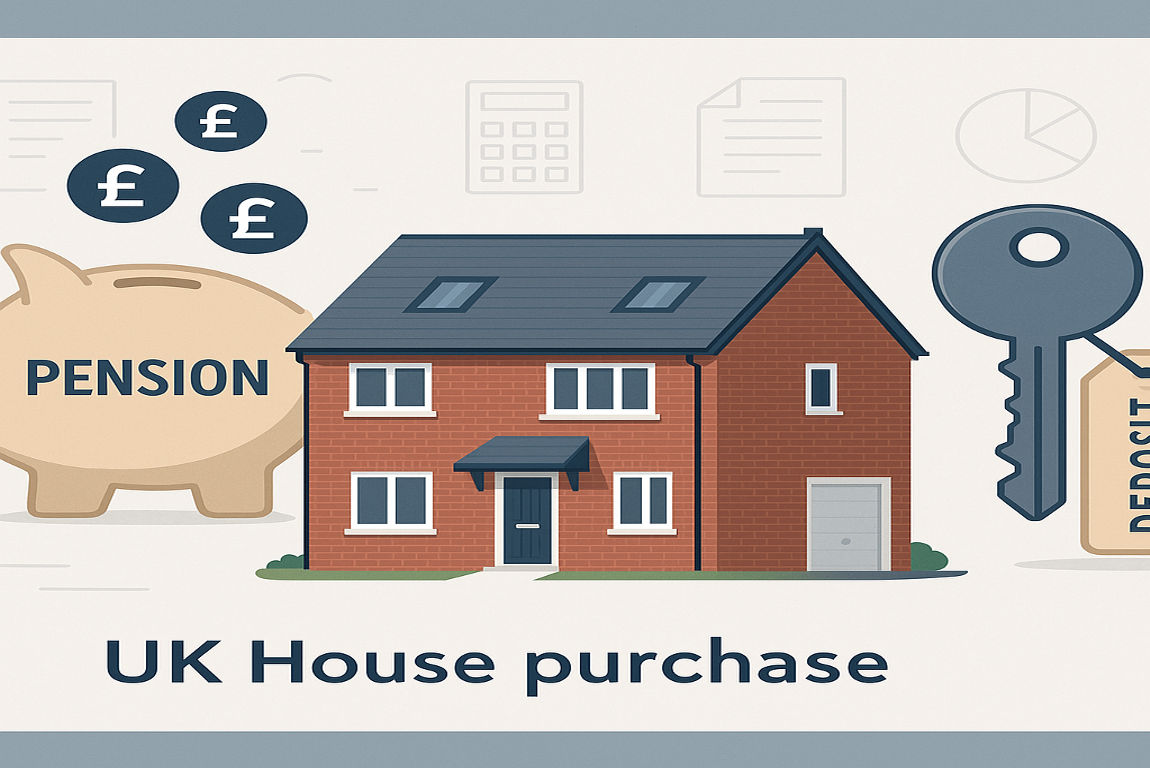
The short answer is yes, but with certain conditions. Let’s break this down further.
Current Rules on Pension Withdrawals
You may also read (corporate real estate a new way to buy your dream home).
In the UK, you can access your pension savings from the age of 55 (rising to 57 in 2028). At this point, you’re allowed to withdraw up to 25% of your pension pot tax-free. The remaining 75% is subject to income tax.
For example, if you have a pension pot worth £100,000, you could withdraw £25,000 tax-free. However, withdrawing more than this amount could push you into a higher tax bracket, significantly reducing the amount you can use for your deposit.
Methods of Using Pension Funds for Property
There are two main ways to use your pension for a house deposit:
- Cashing Out a Lump Sum
- You can withdraw a portion of your pension savings to use as a deposit.
- However, this comes with tax implications, as any amount beyond the 25% tax-free allowance will be taxed as income.
- Transferring Pension Funds into Property
- Some people use their pension to invest in property through a Self-Invested Personal Pension (SIPP).
- This is typically done for buy-to-let properties rather than residential homes, as SIPPs have restrictions on purchasing property for personal use.
Regulatory Considerations
The Financial Conduct Authority (FCA) has recently considered allowing pension savings to be used as a deposit for a house. While no formal changes have been made yet, this could open up new opportunities in the future.
Pros and Cons
Here’s a quick overview of the advantages and disadvantages:
ProsCons
It helps you get on the property ladder sooner and reduces your retirement savings.
Potentially lowers mortgage repayments Tax implications on withdrawals
Provides access to a significant lump sum Risks of market volatility and liquidity
Tax Implications and Financial Risks
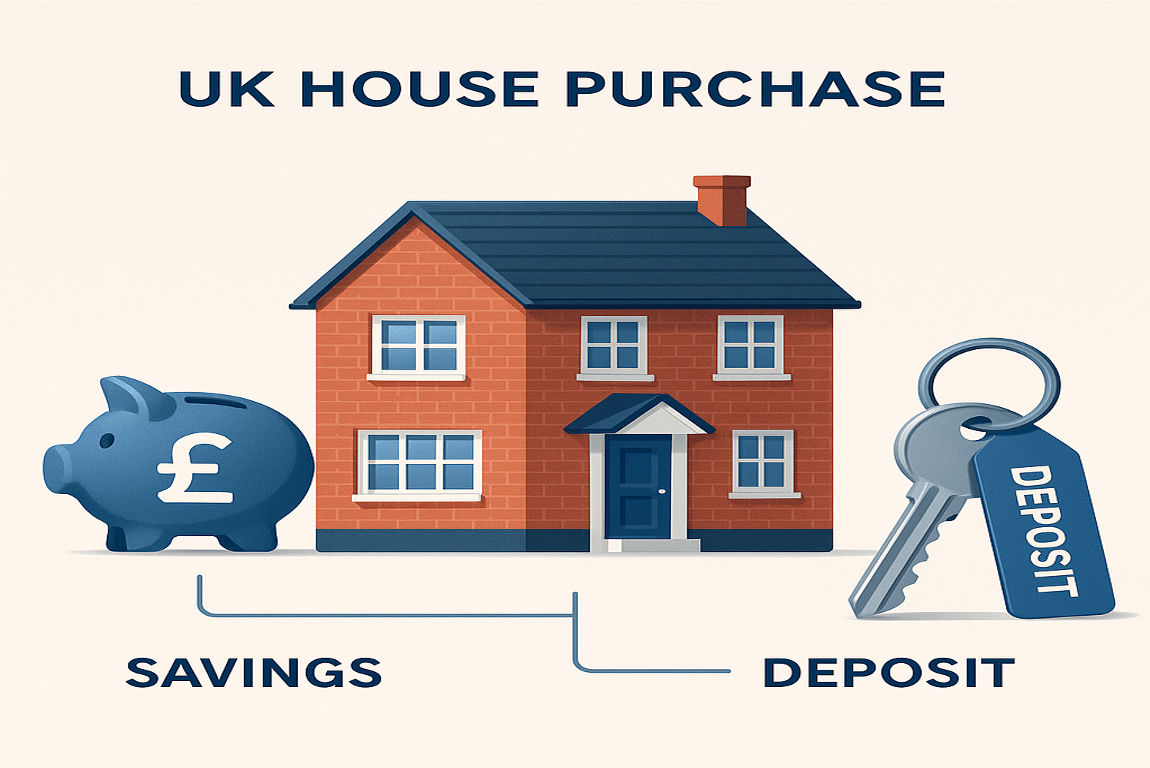
Using your pension for a house deposit isn’t without its challenges. One of the biggest concerns is the tax implications and the potential impact on your long-term financial health.
Tax Charges on Pension Withdrawals
As mentioned earlier, only 25% of your pension pot can be withdrawn tax-free. The remaining amount is taxed as income, which could result in a hefty tax bill if you cancel a large sum.
For example:
- If you withdraw £50,000 and your annual income is £30,000, the withdrawal could push you into a higher tax bracket, resulting in a significant tax charge.
Impact on Retirement Income
Using your pension savings for a house deposit reduces the amount available for your retirement. This could leave you financially vulnerable in later years, especially if you don’t have other sources of income to fall back on.
Other Financial Risks
- Market Volatility: If you withdraw your pension during a market downturn, you could lock in losses.
- Liquidity Issues: Property is an illiquid asset, meaning it’s not readily convertible into cash if needed.
Alternatives to Using Your Pension for a House Deposit
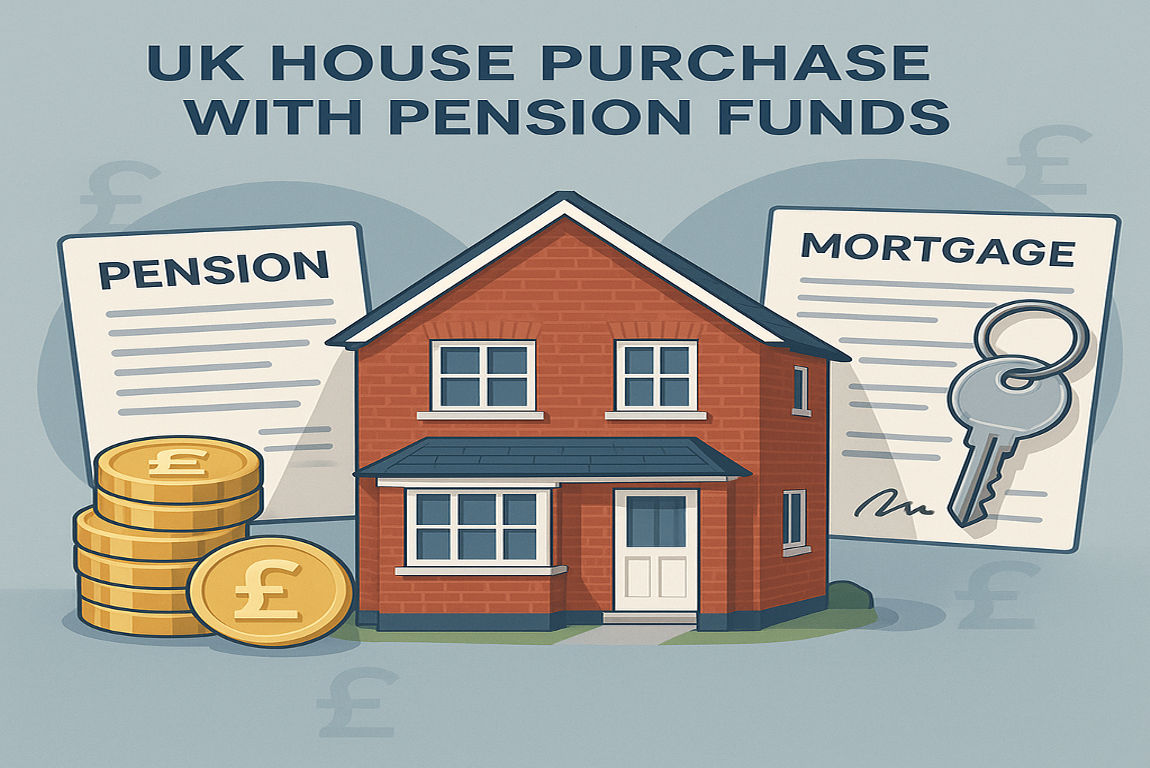
If the risks of using your pension seem too high, there are other ways to save for a house deposit.
Lifetime ISA
You may also read (is your house revalued when you remortgage).
A Lifetime ISA (LISA) is a government-supported savings account designed for first-time buyers. You can save up to £4,000 per year, and the government will add a 25% bonus (up to £1,000 annually).
Other Savings and Investment Options
- High-Interest Savings Accounts: These can help you grow your deposit over time.
- Stocks and Shares ISAs: While riskier, these offer the potential for higher returns.
Combining Pension Savings with Other Products
You could use a combination of pension savings and other financial products to boost your deposit. For example, withdrawing a small, tax-free portion of your pension while also saving in a LISA.
Practical Steps to Use Your Pension as a House Deposit
If you decide to use your pension for a house deposit, here’s how to get started:
- Check Your Pension Pot
- Contact your pension provider to find out how much you have saved and your eligibility for withdrawals.
- Consolidate Multiple Pensions
- If you have multiple pensions, consider consolidating them into a single account for easier management.
- Work with Financial Advisors
- A financial advisor can help you understand the tax implications and risks.
- Approach Lenders
- Not all lenders accept pension funds as part of a deposit; therefore, it’s essential to check their specific requirements.
- Prepare Key Documents
- You’ll need proof of your pension savings and eligibility for withdrawal when applying for a mortgage.
Real-Life Examples and Case Studies
First-Time Buyer
Sarah, aged 56, used her pension to withdraw £20,000 tax-free for a house deposit. While this helped her secure a home, she now contributes more to her pension to rebuild her retirement savings.
Buy-to-Let Investor
John transferred his pension into a Self-Invested Personal Pension (SIPP) to purchase a buy-to-let property. While this provided him with rental income, he faced challenges with property management and market fluctuations.
You may also read (how to determine if youre overpaying for a house).

